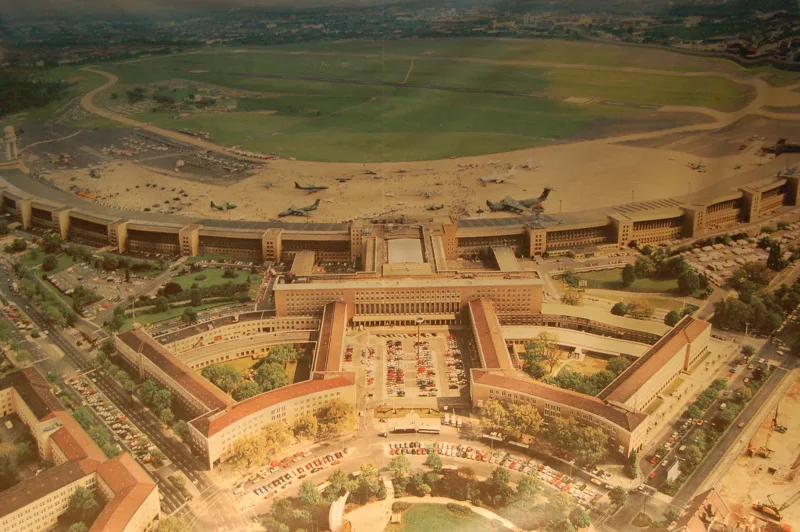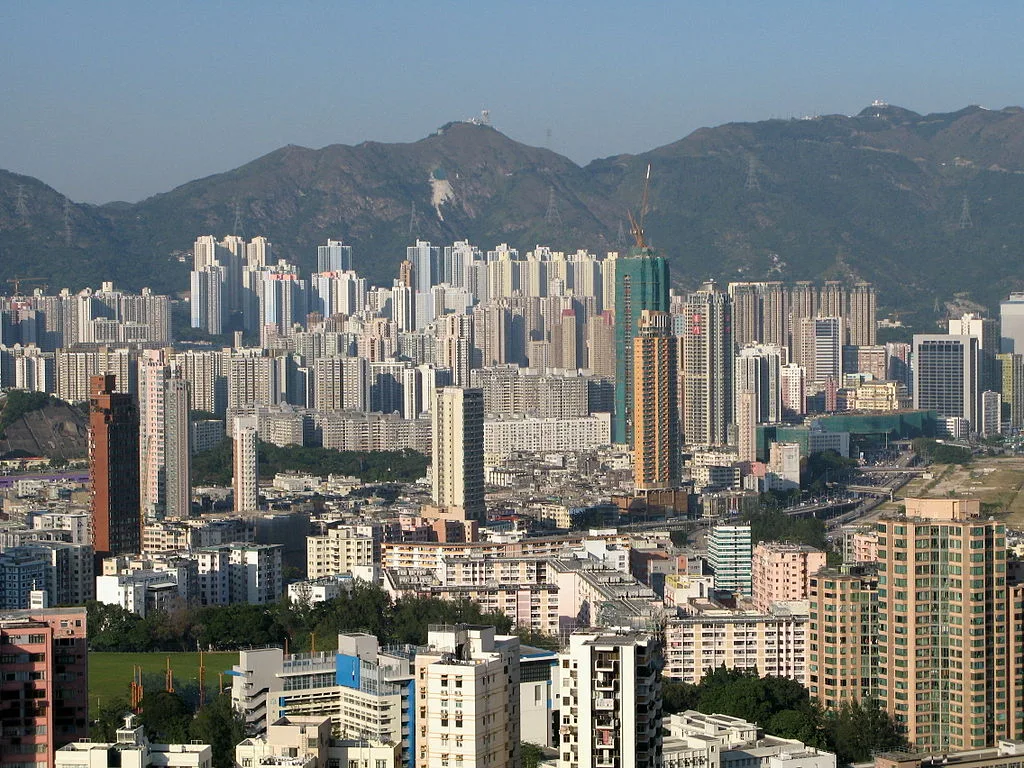In recent years, airports have emerged as unexpected protagonists in the narrative of urban regeneration, playing a pivotal role beyond their traditional function of transit hubs. A groundbreaking study by the Heriland project, published on May 28, 2024, explores the profound heritage values embedded within airports and their potential to foster cultural and economic revitalization in urban landscapes. This research marks a significant milestone in understanding how airports can be leveraged as catalysts for sustainable development and community engagement.
Historically perceived as utilitarian structures designed solely for air travel, airports have undergone a remarkable transformation. They have transcended their functional boundaries to become emblematic symbols of modernity and connectivity. This evolution is not merely architectural but also cultural, as airports often embody the aspirations and technological advancements of their time.
The Heriland project, funded by the European Union’s Horizon 2020 program, delves into this evolution with a focus on how airports can preserve and promote heritage values amidst rapid urbanization. Dr. Maria Gonzalez, lead researcher of the project, emphasizes that “airports are more than transport nodes; they are repositories of cultural heritage that reflect the social, economic, and technological dynamics of their surroundings.

The study sheds light on various aspects of heritage embedded within airports, ranging from architectural marvels to cultural artifacts and narratives. For instance, iconic airports like Tempelhof Airport in Berlin and Kai Tak Airport in Hong Kong have preserved traces of their historical significance despite repurposing efforts.
One of the most compelling findings of the Heriland project is the role of airports as catalysts for urban regeneration. By leveraging their heritage values, airports can drive sustainable development and cultural revitalization in urban areas. This phenomenon is exemplified by case studies from around the world:
Once a symbol of Nazi architecture, Tempelhof Airport has been transformed into a multifunctional public space. Its expansive airfield now serves as a venue for cultural events, recreational activities, and urban farming initiatives. The adaptive reuse of Tempelhof Airport underscores the potential of heritage-led regeneration to foster community engagement and social cohesion.

In Hong Kong, the redevelopment of Kai Tak Airport has revitalized the surrounding Kowloon City district. The iconic checkerboard approach path has been preserved as a cultural landmark, while the former airport site has been transformed into a vibrant waterfront community with residential, commercial, and recreational amenities. This adaptive reuse not only preserves Kai Tak’s heritage but also stimulates economic growth and enhances the quality of life for residents.
Beyond cultural enrichment, the Heriland study highlights the economic benefits of integrating heritage values into airport redevelopment projects. Heritage-led regeneration attracts tourism, stimulates local businesses, and enhances property values. Moreover, it fosters job creation in sectors ranging from hospitality and tourism to creative industries and urban planning.
While the Heriland project celebrates the transformative potential of airports in urban regeneration, it also acknowledges the challenges inherent in heritage conservation and adaptive reuse. Balancing commercial imperatives with preservation goals, navigating regulatory frameworks, and engaging diverse stakeholders are critical considerations for successful heritage-led projects. Each airport has a unique heritage narrative and context. Effective heritage management requires collaborative efforts among government agencies, private developers, local communities, and heritage experts. It demands innovative approaches that respect heritage values while embracing contemporary urban needs.
Looking ahead, the Heriland project advocates for a global dialogue on the heritage values of airports and their integration into urban planning strategies. By sharing best practices and lessons learned, stakeholders can harness the full potential of airports as engines of cultural and economic revitalization. The heritage values of airports offer a blueprint for sustainable urban development in the 21st century. They remind us of the enduring power of heritage to inspire creativity, foster resilience, and shape inclusive communities. As we continue to navigate urban challenges, airports stand as beacons of possibility and promise.
The Heriland project’s exploration of the heritage values of airports illuminates a transformative narrative in urban regeneration. From Berlin to Hong Kong and beyond, airports are redefining their roles as custodians of cultural heritage and engines of economic revitalization. By preserving and promoting their heritage values, airports not only connect us to the past but also pave the way for a sustainable and vibrant urban future.
As cities evolve and grow, the lessons from Heriland underscore the importance of embracing heritage-led strategies to create resilient, inclusive, and culturally rich urban environments. The journey of airports from functional spaces to cultural icons is a testament to the enduring legacy of heritage in shaping our collective identity and aspirations.
